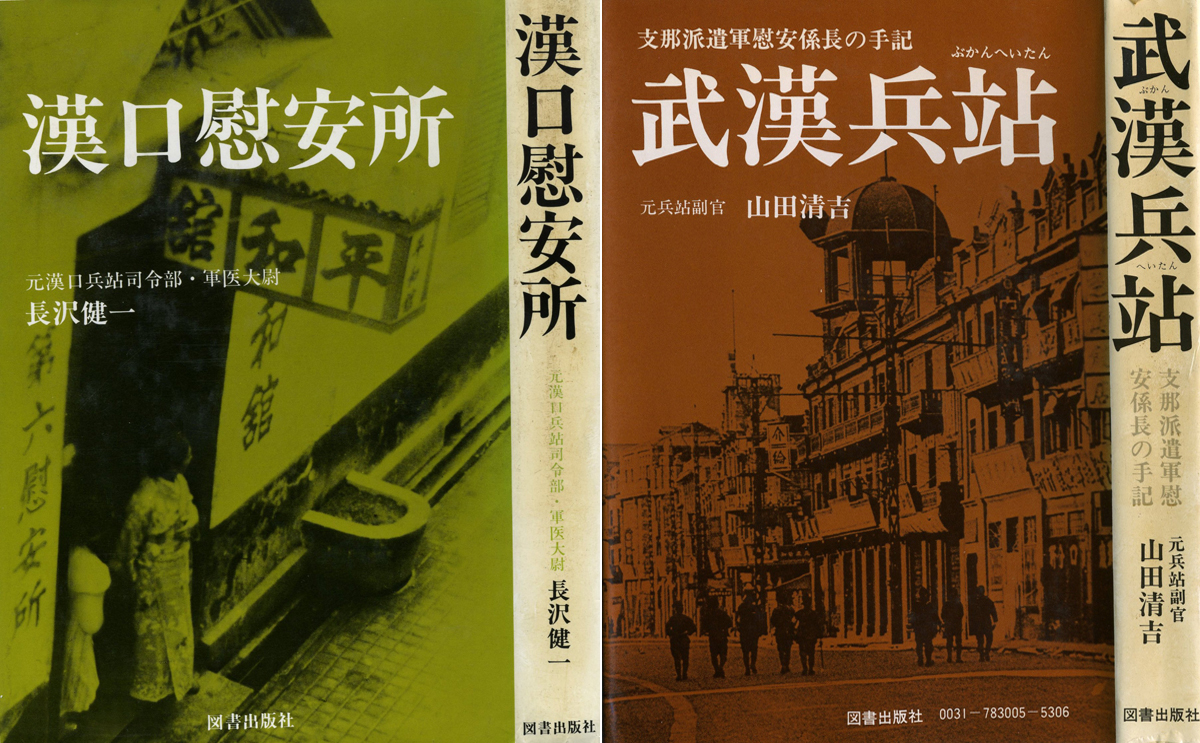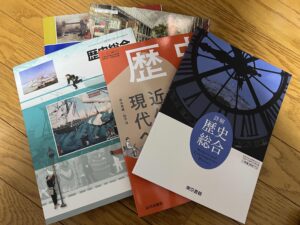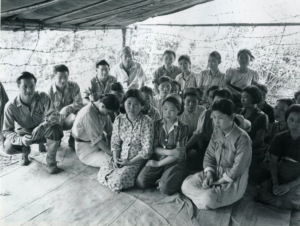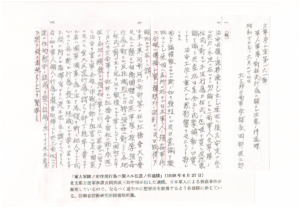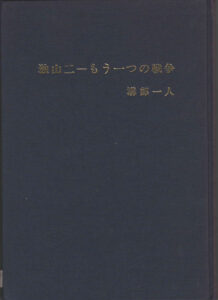There were three types of comfort stations : those directly operated by the military; those used exclusively by the military: and designated private brothels used temporarily by the military. . Let us take a look at the first two types.
When local military units decided to make comfort stations, they requisitioned buildings for that purpose. Because buildings with rooms were needed, facilities related to schools, temples or churches were sometimes turned into comfort stations. Japanese soldiers stationed in the area also remodeled the interior of the buildings.
Local units made rules for the comfort stations. . Since comfort stations were used exclusively by military and civilian personnel, they were off limits to private citizens. . Generally speaking, soldiers used them in the morning and afternoon, non-commissioned officers in the evening, and commissioned officers at night, so that different classes of military personnel wouldn’t come across each other. Some comfort stations were used exclusively by commissioned officers.
The prices were also set by local units. In a comfort station in China made by the 2nd Battalion of the Independent Heavy Artillery, non-commissioned officers and soldiers paid 1 yen for a Chinese woman, 1.5yen for a Korean woman, and 2 yen for a Japanese woman, and commissioned officers paid double these prices(refer to the following material). Dates of use for each unit were also set by local units.

The 2nd Battalion of the Independent Heavy Artillery, “Internal Regulations of Stationing at Changzhou” in March 16th, 1938.
Comfort stations used exclusively by the military were run by operators but supervised and controlled by local units. Although the operators and “comfort women” were treated as civilian personnel, local units ordered the operators to regulate the “comfort women” and required them to submit business reports on a daily basis.
Testing for sexually transmitted diseases was also performed at fixed intervals by military surgeons. Food, clothes and commodities for “comfort women” were provided by local units, sometimes, free of charge. A Navy unit in Kendari, Indonesia even provided food, clothes, bedclothes, and tableware as well as paying water charges and salaries for employees (refer to the following material). In addition, the military provided condoms and preventive medicines for sexually transmitted diseases.
In this way, the Japanese military kept comfort stations under control as military facilities. . It was the Japanese military that played the leading role in establishing and operating the “comfort women” system. Even in cases where comfort stations were run by operators, they were supervised and controlled by the military, so they were at the military’s beck and call.
In that military and civilian personnel had special contractual relationships with the military, they can be regarded as comparable to present-day public officials. Isn’t there something extraordinary about a nation setting up sexual facilities to be used exclusively by public officials? If the Ministry of Education, Culture, Sports, Science and Technology were to make comfort stations to be used exclusively by elementary and junior high school teachers, it would be a huge scandal. The fact that this sort of thing was done without hesitation shows the true nature of this issue.
So for what reason did the Japanese military “legalize” comfort stations? In the case of the Army, comfort stations were made as rear facilities, or military logistics facilities. Army regulations concerning “field base exchange”; in other words, shops providing food, drink and commodities for military and civilian personnel were expanded to include “necessary recreation facilities”. In short, comfort stations were not made by operators acting independently, at their own discretion.
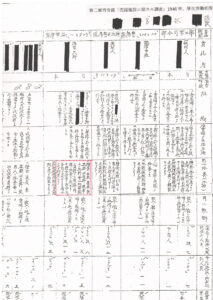
The 2nd military headquarters, “Research report on prostitution facilities”, 1946 (Ministry of Health, Labor and Welfare’s material).

